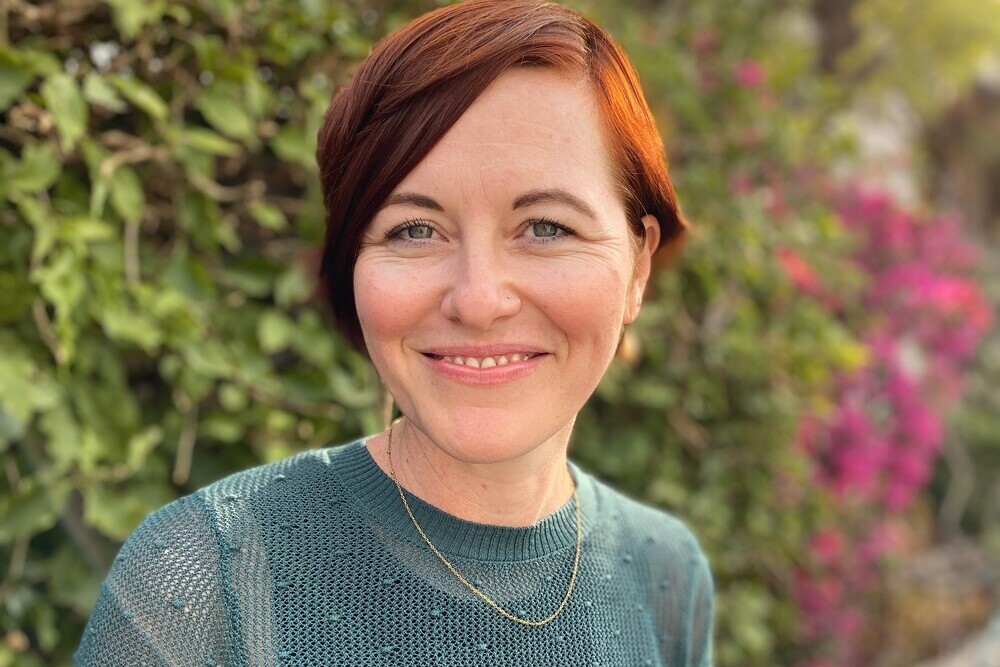In this article, we explore the human impact of uncertainty at work and offer practical tools for leaders to support their teams. You’ll discover the Kübler-Ross Change Curve as a guide to navigating emotional responses, and five actionable ways to build trust, stability and wellbeing in uncertain environments.
How a People-Centred Leadership approach helps teams to navigate change and sustain wellbeing
Change is constant, but how we lead through it makes all the difference. This article explores how people-centred leadership – grounded in empathy, emotional insight and practical tools – can help teams stay resilient and engaged, even in uncertain times.
We used to think of change as something we managed — a process with a beginning, middle and end. Now? Change is constant. Uncertainty is the environment we’re operating in.
The challenge is that many organisations are well-equipped to deliver strategic plans and implement the logistics associated with change but many are not aware of how to support the people impacted by it.
Restructures, volatile operating markets, AI disruption, Hybrid working. Change used to be something you managed. Now, uncertainty is something you lead through, every day.
Poorly managed uncertainty doesn’t just cause short-term stress. It undermines confidence, morale and retention. Research by McKinsey shows that employees who feel uncertain about the future of their organisation are 3.5x more likely to disengage. This shows up as reduced productivity, resistance to change, increased absenteeism and the loss of key talent through turnover.
The cost is real and rising. Gallup estimates that disengagement costs the global economy nearly $9 trillion each year, with just one disengaged employee costing a company up to 34% of their salary in lost productivity. Beyond the numbers, it’s about people struggling with feeling overwhelmed, unclear and emotionally drained and the difference that leaders can make by showing empathy and consistency.
That’s why forward-thinking organisations are rethinking how they equip leaders. Managing uncertainty isn’t about having all the answers. It’s about creating clarity where you can and stability where it matters most in the daily interactions with our teams.
So how are forward thinking organisations responding?
- Aviva introduced uncertainty training for leaders during a major restructure, focusing on communication tone and consistency across regions. The programme reduced employee anxiety scores by 17% over three months.
- Rolls-Royce embedded emotional intelligence training into its leadership curriculum, helping senior managers navigate post-pandemic hybrid transitions more effectively.
- A major NHS Trust piloted line manager toolkits to support staff through constant policy shifts. Managers reported greater confidence in discussing emotional wellbeing and team morale stabilised even as workload increased.
These organisations didn’t wait for certainty, they created stability through leadership capability, emotional awareness and people-centred communication.
Where do we start?
The Kübler-Ross Change Curve offers one helpful perspective for understanding how people respond to uncertain or times of disruption. Not just change programmes and their practicalities but the ambiguity and emotional disruption that come with them. When used well, this perspective can help leaders respond with empathy and build resilience across their teams.
The Kübler-Ross Change Curve was originally developed to describe the stages of grief. It’s since been adapted widely in business to show the emotional reactions that people may go through in times of change, uncertainty or loss of control.
It outlines five typical stages:
1. Denial – “This won’t really happen.”
2. Anger – “This isn’t fair.”
3. Bargaining – “Maybe if we just…”
4. Depression – “What’s the point?”
5. Acceptance – “OK, how do we move forward?”
Kübler-Ross, E. (1969) (copyright free image)
Importantly, people don’t move through these stages in a neat order. Some get stuck, some go backwards and some skip some of the stages completely. The model can be used as a compass helping leaders to meet people where they are, not to label them but to guide their compassion and interactions.
In times of uncertainty, what people need most is not more information. It’s human connection. Leaders who recognise and respond to emotional responses and not just operational ones, can create an environment where the focus is on trust and stability that, in turn, will help people move from fear to focus.
From uncertainty to understanding: How leaders can use the curve
Recognising the emotional stages of uncertainty helps leaders tailor their support. Behavioural responses like avoidance, complaints, withdrawal or even increased engagement can all signal where someone may be along the change curve. These signs are opportunities for us to identify what is going on and directions for a proactive approach for support:
1. Spot the signs and respond to what’s beneath them: Use curiosity, not judgement when emotional responses surface. Ask open-ended questions and show up with empathy. People may not need solutions immediately, the important factor is they need to feel heard.
2. Lead with empathy and not just operational efficiency: Speed matters in business, but when people feel rushed or ignored during uncertain times, trust breaks down. Empathy builds psychological safety which is essential for resilient performance.
3. Create certainty where you can: In uncertain times, leaders should focus on providing clarity of values, consistency in behaviour along with communication that is frequent and honest. Even when the answer is ‘we don’t know yet,’ transparency fosters trust.
4. Equip line managers to be anchors: Managers are uniquely positioned to create daily stability. Training them to handle emotional conversations, role model calm and cascade consistent messaging is key to team resilience.
5. Embed wellbeing into your approach: Change and uncertainty deplete energy. Build in time for reflection, encourage recovery and check in regularly on emotional as well as operational wellbeing. Well-supported teams cope better and rebound faster.
From reaction to readiness: What great organisations do differently
Organisations that normalise uncertainty and equip their leaders to respond with empathy, clarity and steadiness will outperform those that rely on top-down direction alone. Where leaders are encouraged to say “I don’t know…yet,” and psychological safety makes it safe to ask questions, raise concerns and adapt in real time.
They invest in leadership development that goes beyond strategy and performance, and into emotional intelligence, communication and wellbeing. They provide frameworks — not just for project delivery, but for human reactions.
They embed feedback loops, pulse surveys and check-ins, not to micromanage, but to stay connected to what people need. And above all, they model calm, honest people-first leadership from the top down.
The Kübler-Ross Change Curve is not the only model, but it offers a simple accessible starting point. By combining emotional insight with strong communication and consistent support, leaders are able to encourage their teams to move from fear of change to focus on embedding it.
Looking for a place to start?
Register here for our free upcoming events for line managers, where we’ll explore how to lead with empathy and confidence in times of uncertainty. The session includes practical tools drawn from our Managing Uncertainty and Psychological Safety training and is a great first step for anyone wanting to support their team more effectively.
About the author:

Davina Jenkins is the Workplace Wellbeing Delivery Consultant at SuperWellness, a company with a mission to unlock the full value of workplace wellbeing with one integrated, tailored solution encompassing strategy, training and health promotion. With an MA in Human Resource Management and over 15 years previous experience supporting business leaders through CIPD qualifications, Davina hosts regular free online events [link to https://superwellness.co.uk/free-workplace-wellbeing-events-2/ ] on different aspects of training.
References
Bridges, W. (2009). *Managing Transitions: Making the Most of Change* (3rd ed.). Da Capo Press.
Gallup. (2023). *State of the Global Workplace Report*. Retrieved from https://www.gallup.com
CIPD. (2022). *Organisational Change and Employee Experience*. Retrieved from https://www.cipd.co.uk
Kübler-Ross, E. (1969). *On Death and Dying*. Macmillan Publishing.
McKinsey & Company. (2021). *The State of Organizations 2023*. Retrieved from https://www.mckinsey.com
Additional Case Study References:
Aviva. (2021). *How Aviva supports colleagues through change*. Retrieved from https://www.aviva.com/newsroom
Korn Ferry. (2021). *Rolls-Royce: Building Emotional Intelligence in Leadership*. Retrieved from https://www.kornferry.com
NHS Employers. (2022). *Supporting line managers to support others*. Retrieved from https://www.nhsemployers.org
NHS England. (2021). *Staff wellbeing and organisational change case studies*. Retrieved from https://www.england.nhs.uk
You might also like:











